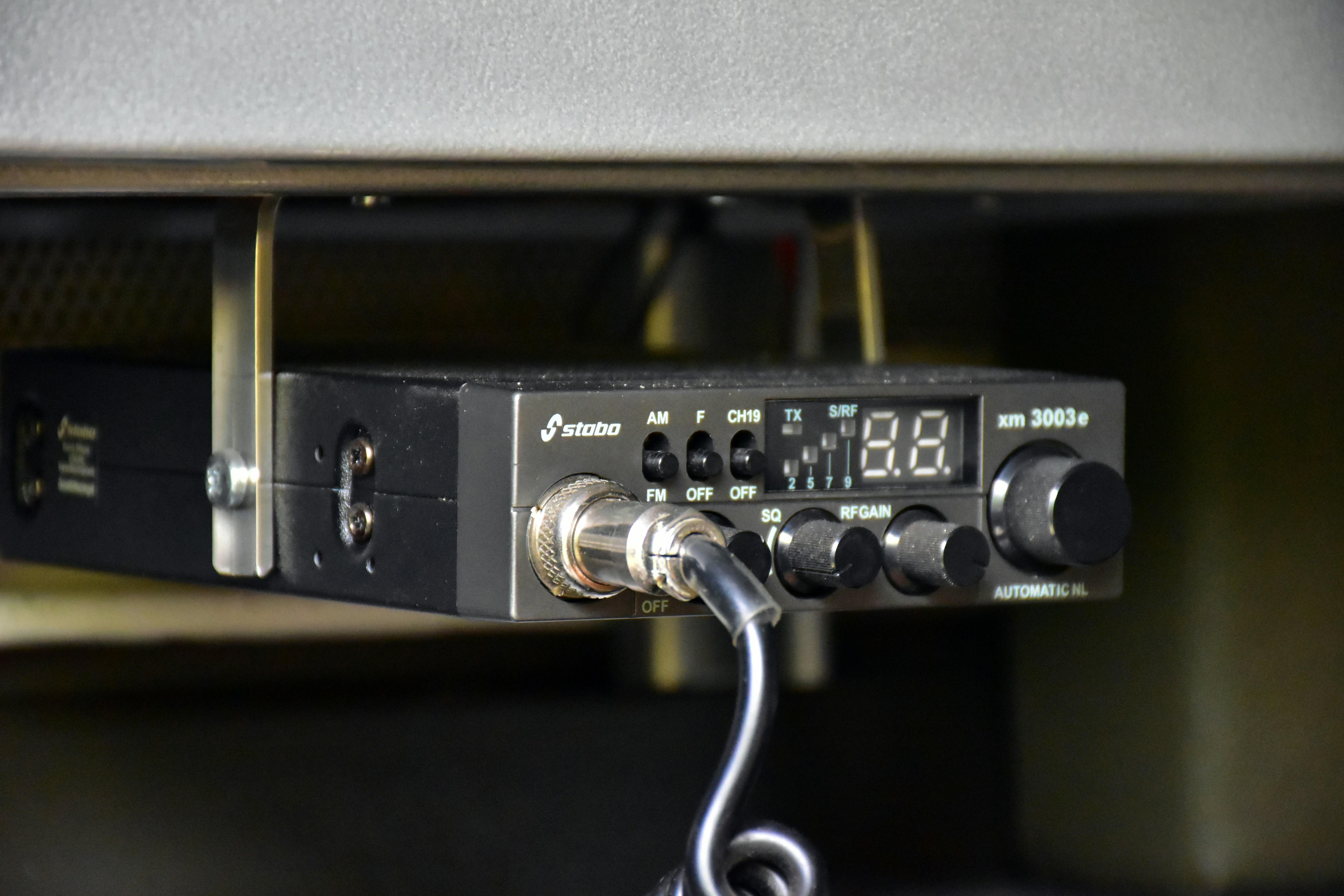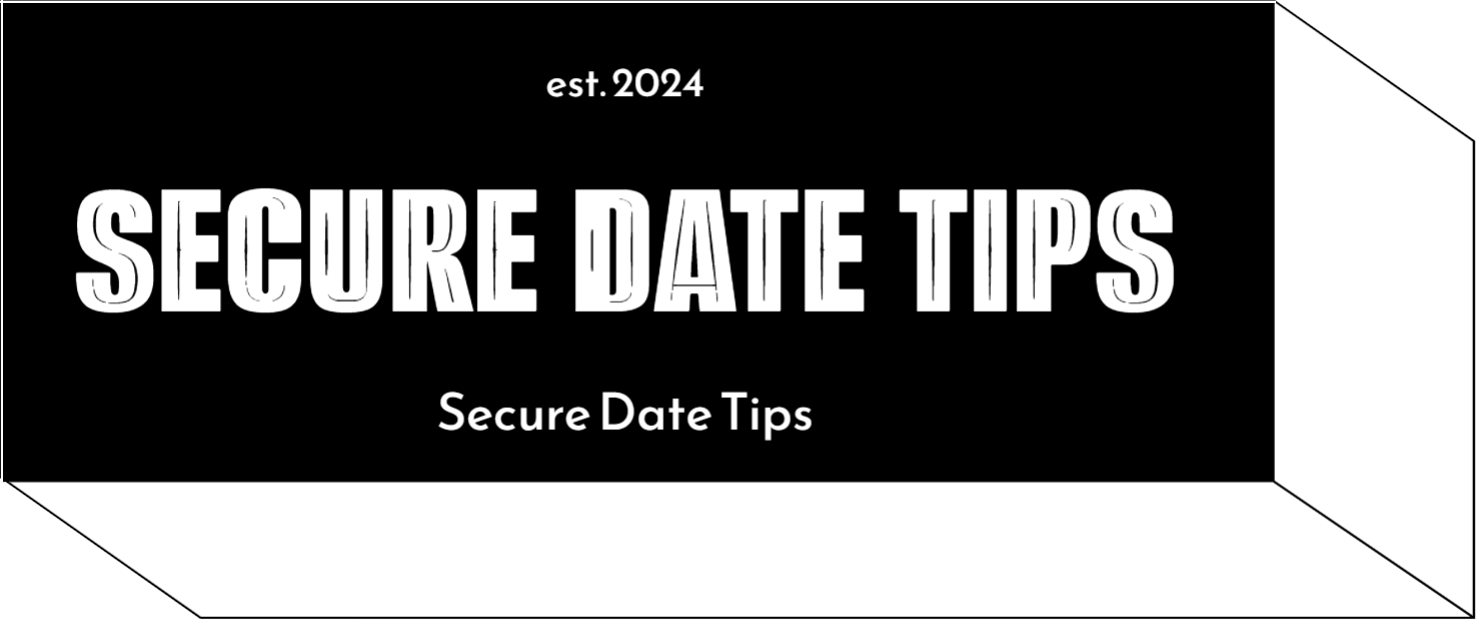In an era where digital connections often precede face-to-face encounters, ensuring the authenticity of someone’s identity has become an essential skill. Whether you’re meeting a potential business partner, a new friend from an online community, or a romantic interest, verifying who they are can safeguard your personal safety and peace of mind. This article explores the best practices for confirming someone’s identity before that crucial in-person meeting, offering you a toolkit of strategies to navigate the complexities of modern relationships with confidence and clarity.
Ensuring Authenticity Through Digital Verification
In today’s digital age, ensuring the authenticity of someone’s identity before an in-person meeting is crucial. Leveraging digital verification tools can significantly enhance trust and safety. Start by using video calls as a preliminary step. Observing body language and facial expressions can provide insights into a person’s genuineness. Additionally, employing social media cross-verification is effective. Check for consistency in profile pictures, mutual connections, and posted content across platforms.
Utilize specialized identity verification apps that offer services like document authentication and background checks. These tools often include features such as:
- Biometric Verification: Using facial recognition to match with official ID photos.
- Digital Footprint Analysis: Evaluating online presence for consistency and credibility.
- Multi-Factor Authentication: Ensuring access to accounts is secure and verified.
Adopting these practices can significantly mitigate risks, making face-to-face interactions safer and more reliable.

Exploring Safe Communication Channels
In today’s digital age, ensuring secure communication is crucial before meeting someone face-to-face. To foster trust and safety, utilize reliable communication channels that prioritize privacy and encryption. Messaging apps like Signal or WhatsApp offer end-to-end encryption, providing an extra layer of security for your conversations. Additionally, consider these best practices:
- Video Calls: Opt for a video call through a secure platform to verify the person’s identity visually before meeting.
- Social Media Checks: Review their profiles on platforms like LinkedIn or Facebook to cross-verify details.
- Two-Factor Authentication: Use platforms that offer two-factor authentication to ensure that the person you’re communicating with is genuine.
By leveraging these methods, you can confidently verify identities and enhance your safety when planning in-person meetings.

Recognizing Red Flags in Virtual Interactions
In the digital age, it’s crucial to be vigilant about the signs that might indicate something’s amiss. Red flags in virtual interactions can often be subtle, yet recognizing them is key to ensuring your safety. Be wary of individuals who are reluctant to share verifiable information or who consistently avoid video calls. Such behavior might indicate a lack of transparency.
- Inconsistent Stories: If their background stories frequently change, it might be a cause for concern.
- Avoidance of Personal Details: Hesitation to provide even basic personal information can be a warning sign.
- Rushed Meeting Requests: Pressuring you to meet in person quickly is often a red flag.
- Overly Evasive: Consistently dodging questions about their job, location, or identity should raise suspicion.
Being aware of these indicators helps in maintaining control over your virtual interactions, ensuring that any in-person meetings are based on a foundation of trust and safety.

Building Trust with Secure Meet-Up Strategies
In today’s digital age, ensuring safety during in-person meet-ups is crucial. Verifying someone’s identity is a vital step in building trust. Begin by utilizing platforms that offer identity verification services. These services often include multi-step authentication processes that help confirm the identity of the individual you’re planning to meet.
Consider implementing the following strategies:
- Video Calls: Before meeting, arrange a video call to get a better sense of the person’s identity and demeanor.
- Cross-Check Social Media: Review their social media profiles for consistency and to verify mutual connections.
- Public Records: Use online tools to check public records that may confirm their identity and background.
- Reference Checks: If possible, ask for references from mutual acquaintances to provide additional assurance.
These steps not only help in confirming identities but also set a foundation for a secure and trustworthy interaction.



